Culture & Travel
26 April 2025The Ancient Story of Anatolia
Türkiye is a fascinating land that has hosted some of the world’s oldest civilizations. From the Hittites to the Urartians, from the Romans to the Byzantines, history flows through these lands, with ancient cities standing as time capsules that carry the traces of the past to the present. Every stone, column, and mosaic stands as a silent witness to thousands of years of human life.
Scattered across Anatolia, these ancient cities are not only must-sees for history enthusiasts but also for nature lovers, art aficionados, and adventure seekers.
Ephesus Ancient City – İzmir
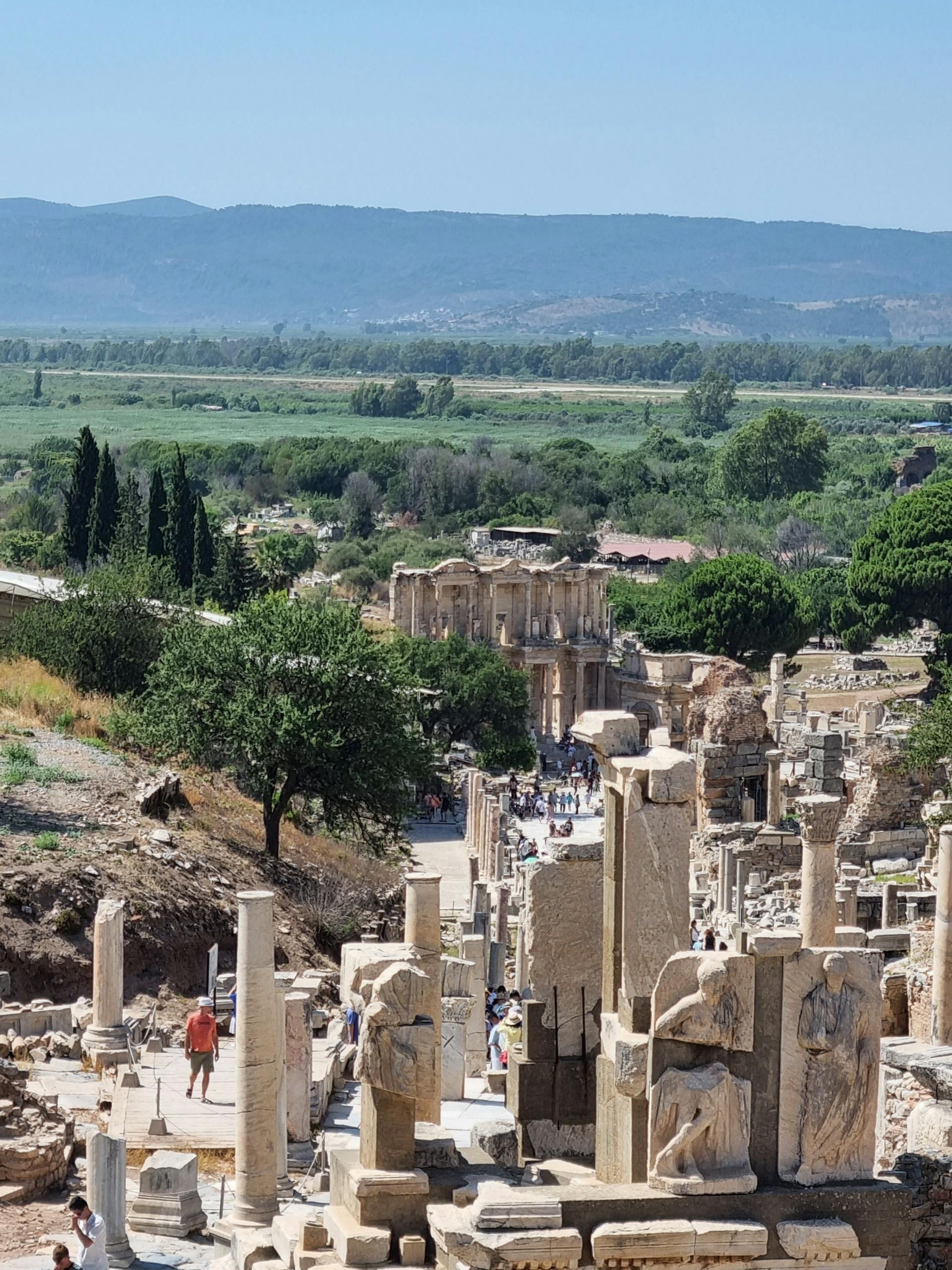
Perhaps the most famous of all ancient cities, Ephesus is located in the Selçuk district of İzmir. As one of the greatest metropolises of the ancient world, Ephesus dazzles visitors with its monumental structures like the Temple of Artemis, the Library of Celsus, and the Grand Theater, showcasing the city’s Roman-era splendor.
Ephesus was not only a marvel of architecture but also a vibrant center of commerce and culture. Listed as a UNESCO World Heritage Site, Ephesus attracts millions of visitors each year who wish to walk through the pages of ancient history.
Hierapolis and Pamukkale – Denizli

Located in Denizli, Hierapolis was an ancient city famed for its healing thermal waters, established right beside the striking white terraces of Pamukkale. During Roman times, those seeking cures would flock to Hierapolis. Today, visitors come to witness this unique blend of history and nature. Walking barefoot across the dazzling travertines before stepping into a city framed by thousand-year-old stone ruins is truly an unforgettable experience.
When you visit this region, you are not only discovering an archaeological site but also one of nature’s rare wonders protected by UNESCO.
Aspendos Ancient Theater – Antalya
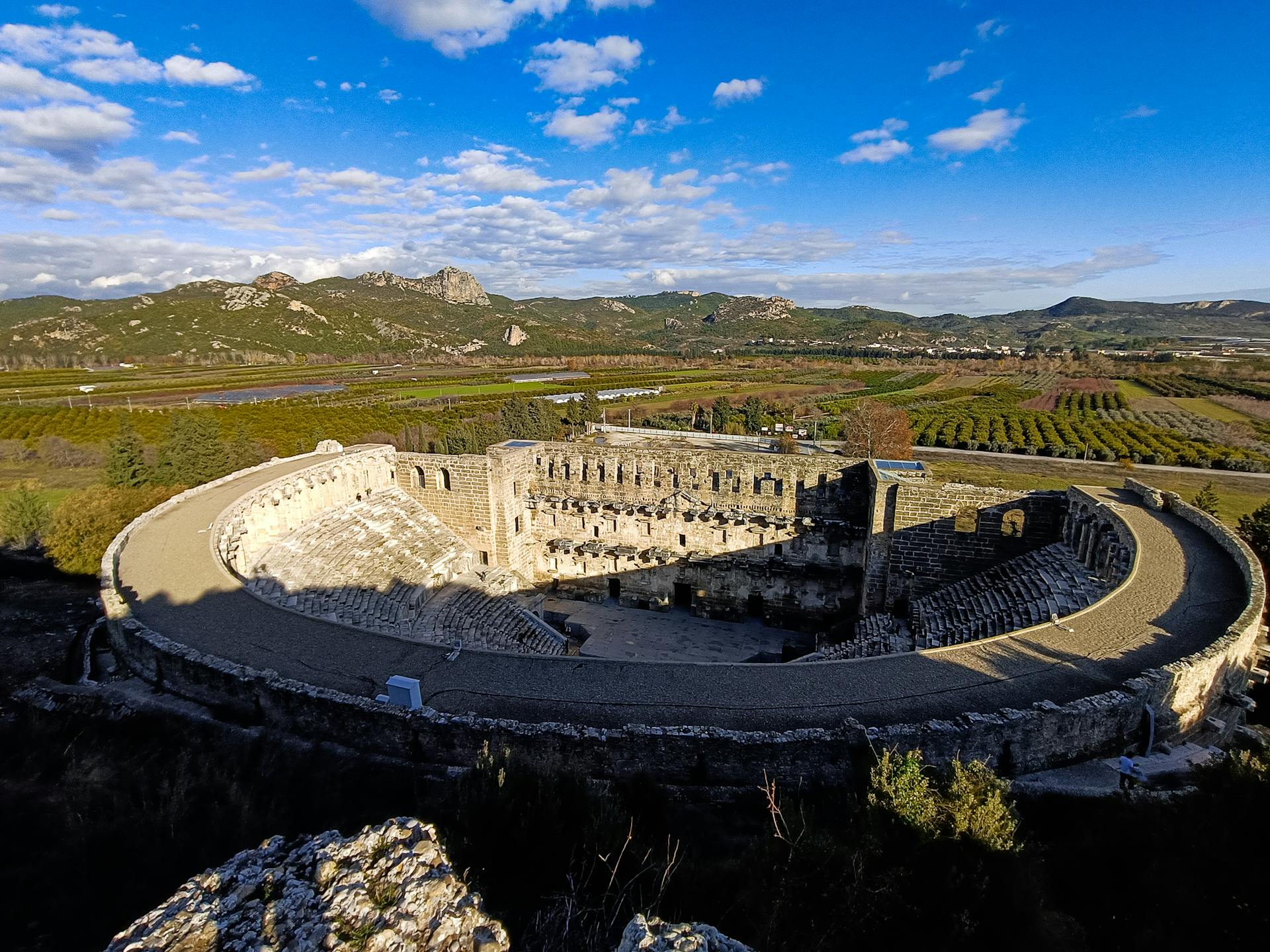
Aspendos, located in Antalya’s Serik district, is best known for its remarkably well-preserved Roman theater. Built in the 2nd century AD, this architectural wonder remains sturdy enough to still host concerts and performances today. With a seating capacity of around 15,000 and extraordinary acoustics, it is said that even a whisper can be heard from the highest rows.
Besides its iconic theater, Aspendos also boasts impressive Roman aqueducts, an agora, and a basilica. For those fascinated by Roman engineering, Aspendos feels like an open-air laboratory waiting to be explored.
Bergama (Pergamon) – İzmir

Next is Pergamon, one of the major cultural hubs of the Ancient Greek world, located in İzmir’s Bergama district. Pergamon was a pioneer in science, medicine, and the arts, home to the world’s second-largest library, and featured stunning structures like the Temple of Athena, the Altar of Zeus, and the ancient theater.
Dedicated to the god of healing, Asklepios, the Asklepion in Pergamon served as one of the most renowned health centers of the ancient world, functioning much like an early hospital. Patients would undergo cleansing rituals, receive herbal treatments, and engage in dream therapy to seek healing.
Göbeklitepe – Şanlıurfa
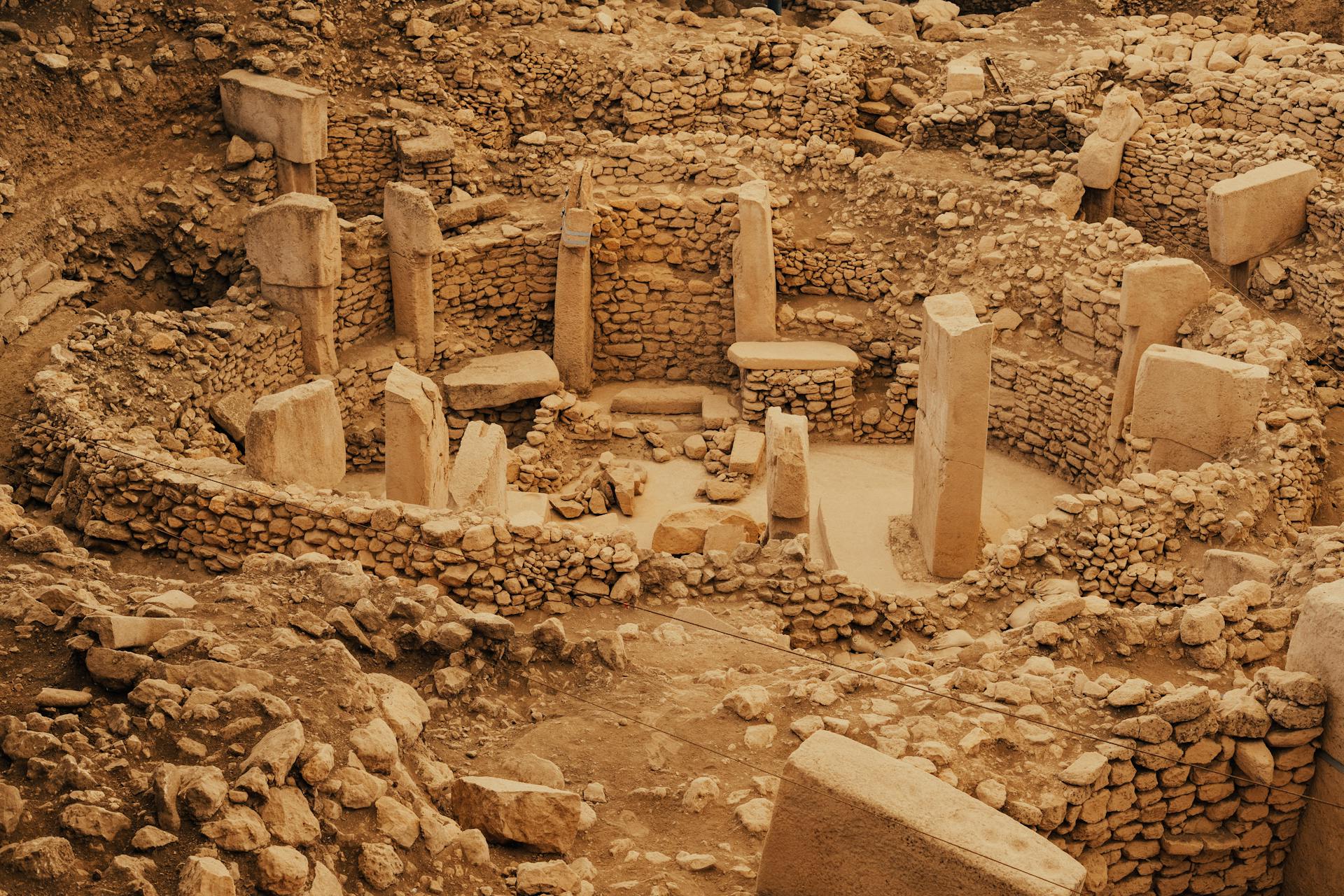
No pottery, no writing—yet massive stone temples stand tall. Who built them? How? These mysteries remain unsolved. But one thing is certain: the spark of civilization ignited at Göbeklitepe forever changed human history.
Located in Şanlıurfa and dating back to around 10,000 BC, Göbeklitepe is the world’s oldest known temple complex. Recognized by UNESCO, it stands today as one of the most intriguing secrets of the prehistoric world, waiting to be uncovered.
Patara Ancient City – Antalya

As the capital of the Lycian League, Patara was one of the most important port cities of the ancient world. Today, it captivates visitors with its ancient theater and the structure known as the world’s first democratic parliament building.
Located right next to Patara Beach, the city offers a unique setting where history and nature intertwine. It is also a crucial breeding ground for Caretta Caretta sea turtles, making it significant in terms of wildlife conservation.
Aphrodisias – Aydın
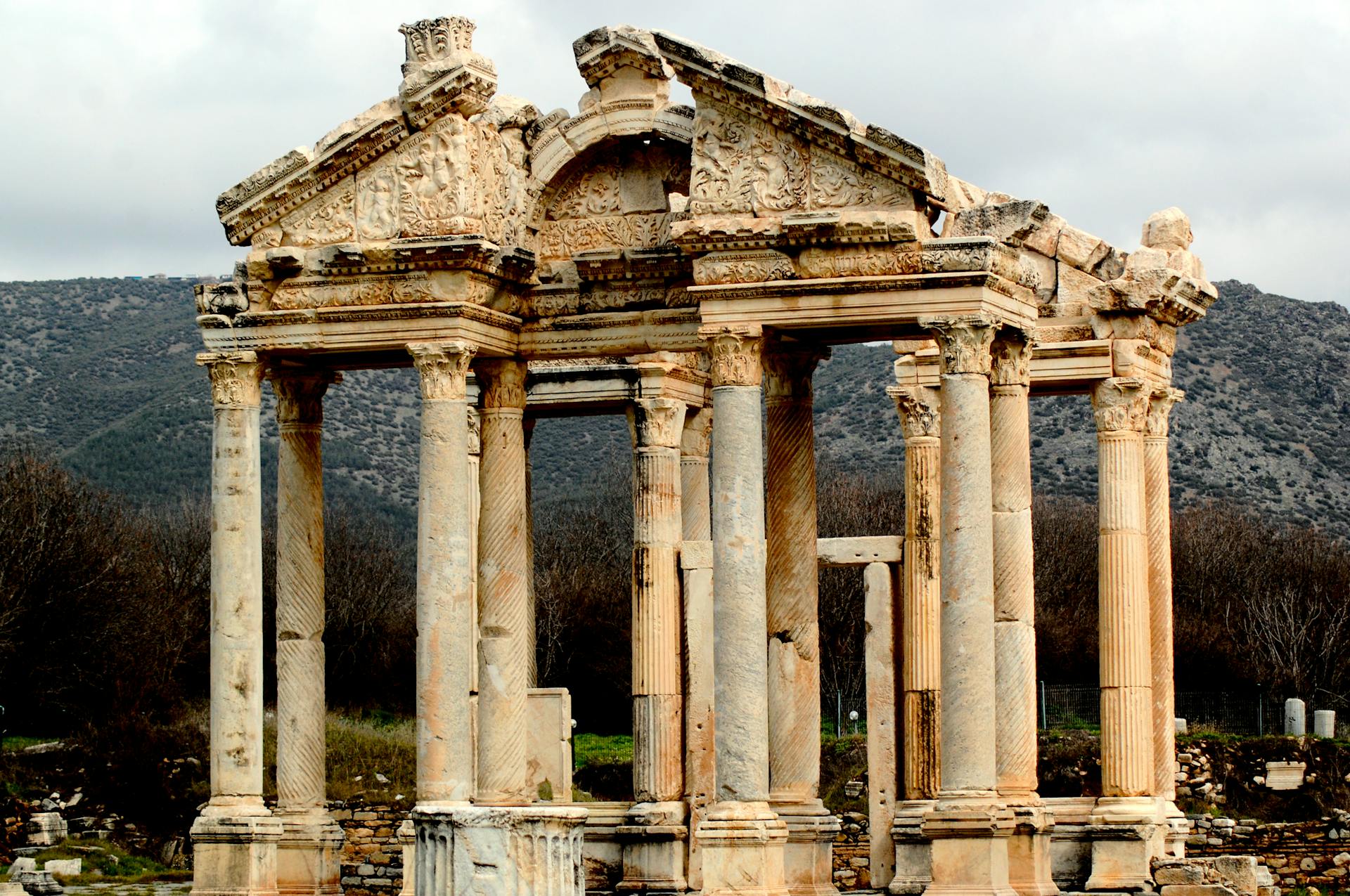
Dedicated to Aphrodite, the goddess of love and beauty, Aphrodisias flourished as a major center of art during the Roman era. It gained worldwide fame, particularly for its exquisite sculptures crafted by its talented artisans.
Listed as a UNESCO World Heritage Site, Aphrodisias offers visitors an unforgettable experience with its impressive temple, stadium, and theater. The Aphrodisias Archaeological Museum is another must-see, showcasing the city's extraordinary artistic legacy.
Sagalassos – Burdur
Located in Burdur’s Ağlasun district, Sagalassos is a stunningly preserved ancient city perched high in the mountains. The site boasts remarkable structures such as its theater, agora, and the Antonine Fountain, reflecting the city's Roman-era prosperity.
Today, the still-flowing fountains and breathtaking mountain views offer a magical experience where nature and history seamlessly intertwine. Sagalassos is a hidden gem, perfect for lovers of both history and nature.
Xanthos and Letoon – Antalya
Xanthos was one of the largest and most important cities of the Lycian civilization. Recognized as a UNESCO World Heritage Site, Xanthos played a significant role during the Persian and Roman periods as well.
Nearby Letoon served as the religious center of Lycia, home to temples dedicated to Leto, Artemis, and Apollo. Visiting both sites together offers a comprehensive glimpse into the religious and cultural life of the ancient Lycian people.
Troy, Çanakkale
Fast forward in time to Troy, where mythology and history merge. This legendary city, immortalized in Homer’s Iliad, still echoes the tales of the Trojan War through its ancient stones.
Listed as a UNESCO World Heritage Site, Troy is a place of both historical and mythical significance. As you explore its ancient walls, temples, and ruins, you embark on a journey through thousands of years of human imagination and reality. The recently opened Troy Museum is a must-visit to view the extraordinary artifacts unearthed from this iconic site.
Sardis, Manisa
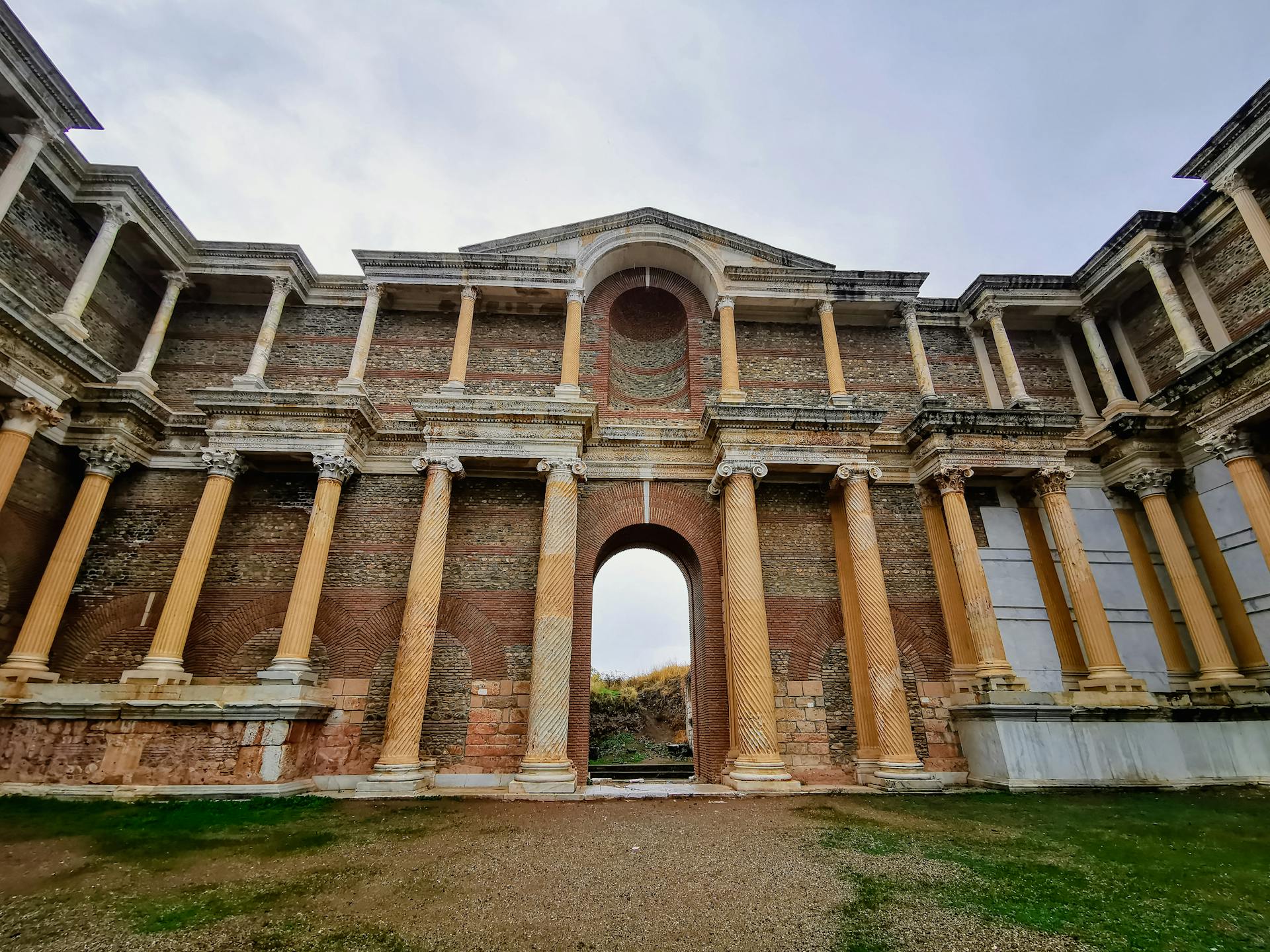
Finally, we come to Sardis, the city where the world’s first coins were minted. As the capital of the Lydian Kingdom, Sardis revolutionized economic life by introducing gold and silver coinage, marking a turning point in human history.
While exploring Sardis, visitors can admire the grandeur of the Artemis Temple, the impressive Gymnasium complex, and the sprawling Roman baths, each showcasing the splendor of the Lydian and Roman eras.


